Wagon Train History
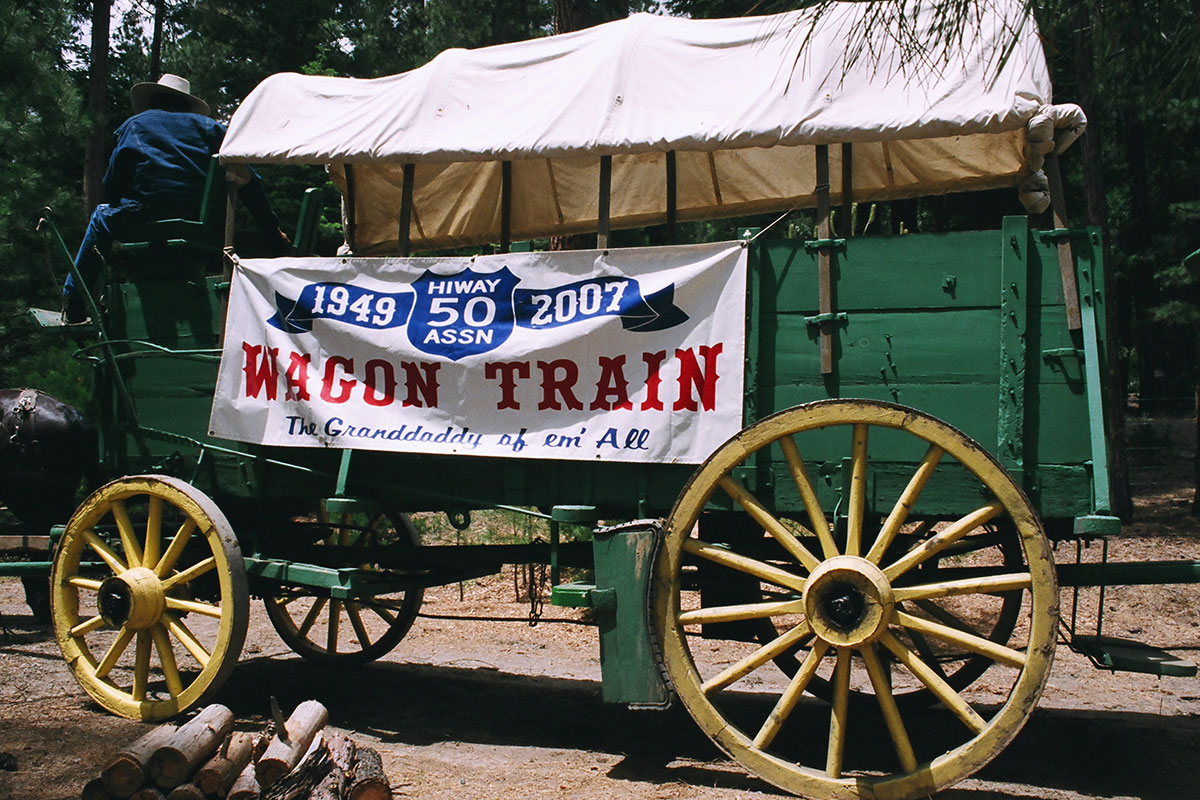
As early as the 1840's, a trickle of humanity began the arduous journey toward the great Pacific and the freedom they foresaw in settling there. In 1849, the cry of "Gold" from the foothills of the California territory rocked the world! Instant riches was a lure too strong to ignore, and that little trickle of settlers swelled into a mighty flood of gold seekers and adventurers, bound for California and the "Mother Lode". Leaving property and families behind, hordes of men and a few women traveled West, following the setting sun, seeing only the glint of "Gold" in their eyes. Many routes were taken to the gold fields; across the plains and mountain ranges of this great continent, by sailing ship around the Horn, or to the Isthmus of Panama, and a trek through tropical jungle to board another ship on the Pacific side, and up the coast of Mexico to ports of San Diego, Monterey, and San Francisco. From there, it was overland to the foothills, where it was told that gold, lots of gold, was lying on the ground, just waiting to be taken.
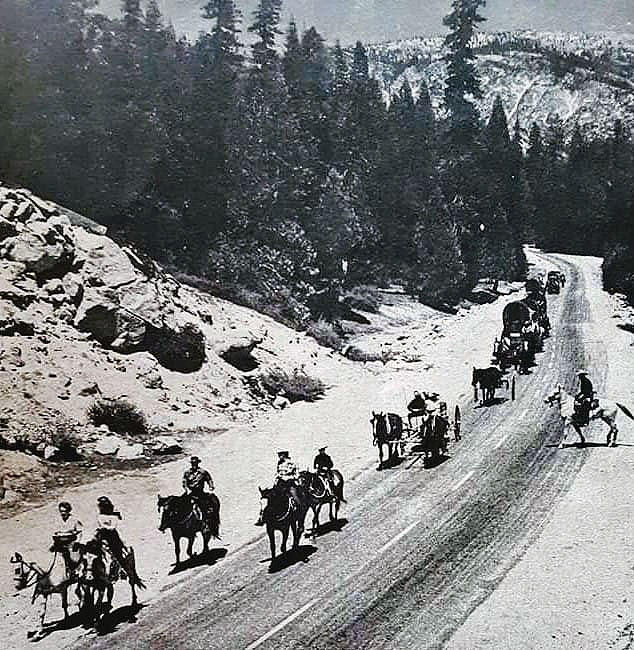
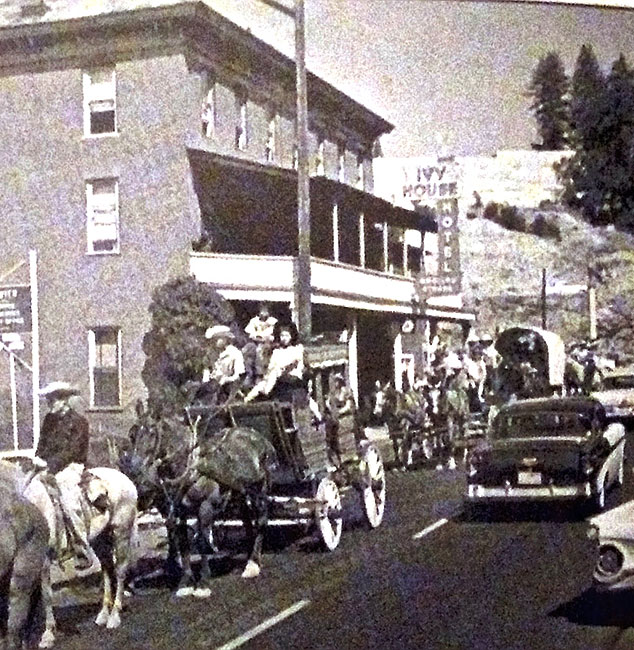
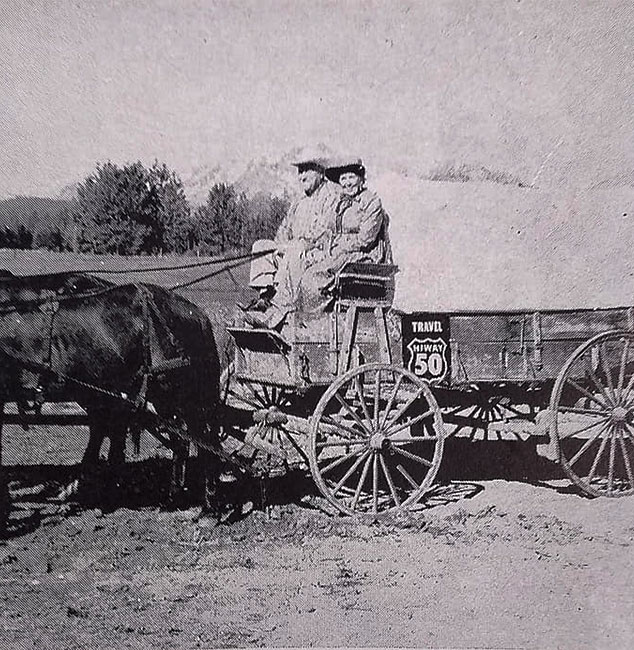

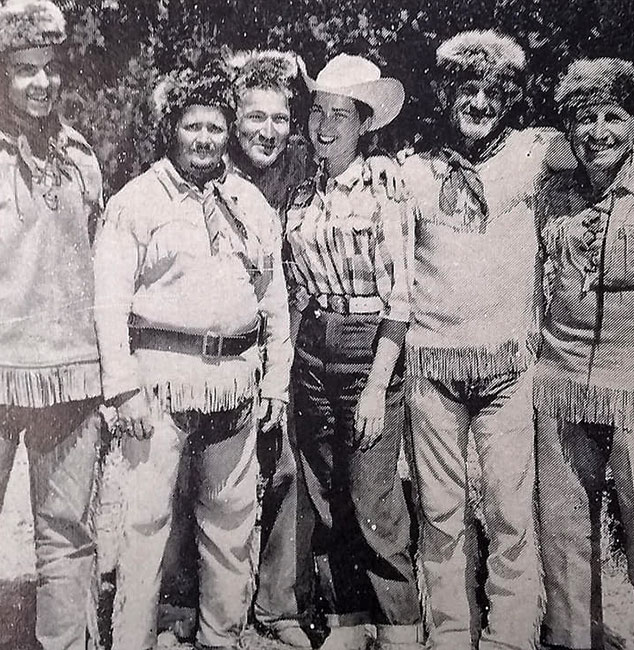
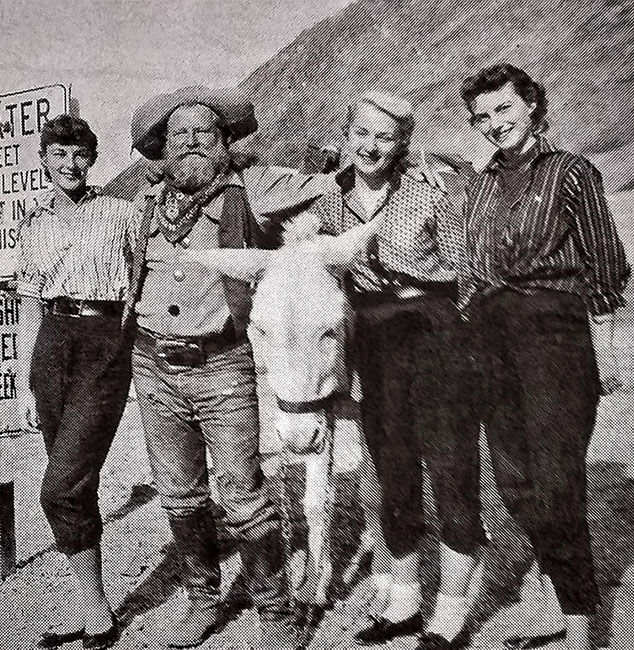
Of course, we all know that very few actually became rich from gold mining. Those entrepreneurs who recognized "gold" in providing necessities and services to the prospectors fared much better, and became the business base of what is now the Great State of California.
In the early 1850's, one of the major land routes to California, traversing what we now know as Echo Summit and the Highway 50 corridor, became known as the "Roaring Road". Travel was so heavy through this area, oftentimes wagon trains were forced to wait for days to have their turn on the road.
In the years that ensued, the Roaring Road continued to grow, becoming a major travel route in and out of California.
As early as 1946, almost 100 years after that first cry of "Gold" echoed around the world, a group of local citizens began to ponder the possibility of recreating a wagon train to commemorate the valiant struggles of the early emigrants who found their way to their homes in California via the old "Roaring Road".
By 1949, the dream had become a reality! To commemorate the 100th anniversary of the "Gold Rush", a Wagon Train was formed, to travel west from Lake Tahoe to Placerville (Old Hangtown) along Highway 50. In addition, it was felt that the Wagon Train would draw a great deal of attention to the Highway 50 corridor and the small businesses that operated along it.
The Highway 50 Wagon Train was a smashing success! This "one time" event was not presented in 1950, but due to the overwhelming popularity and encouragement offered, the Wagon Train resumed in 1951, and has made its annual trek each year since that time. What began as a fun filled and exciting adventure has evolved into a true historic event, recognized as such in 1980 by the State of California, and again in 1982 by the State of Nevada. To date, the Highway 50 Association Wagon Train is known as the ONLY Bi-State Historic Event!
The Highway 50 Association Wagon Train hosts school groups intent on reliving and experiencing their history. Students participating in the wagon train activities, as well as their own concurrent living history programs, have come away wide eyed, having shared an experience of a lifetime.
Families are encouraged to join the Wagon Train. Waking up before dawn, savoring the rich aromas of coffee boiling, bacon frying, mingled with the clanking of harness, the soft knickers of horses being readied for the day, and the murmurs of the wranglers going about their duties draws a person away from the pressures of today, and back into a lifetime of excitement, anticipation, and pure delight. Riding for only a day, or for the whole trip, the wonders of this great land are truly appreciated as one travels down the road at an average speed of three miles per hour! Evening campfires, storytelling and low key entertainment round out the experience. - Vi Tara
